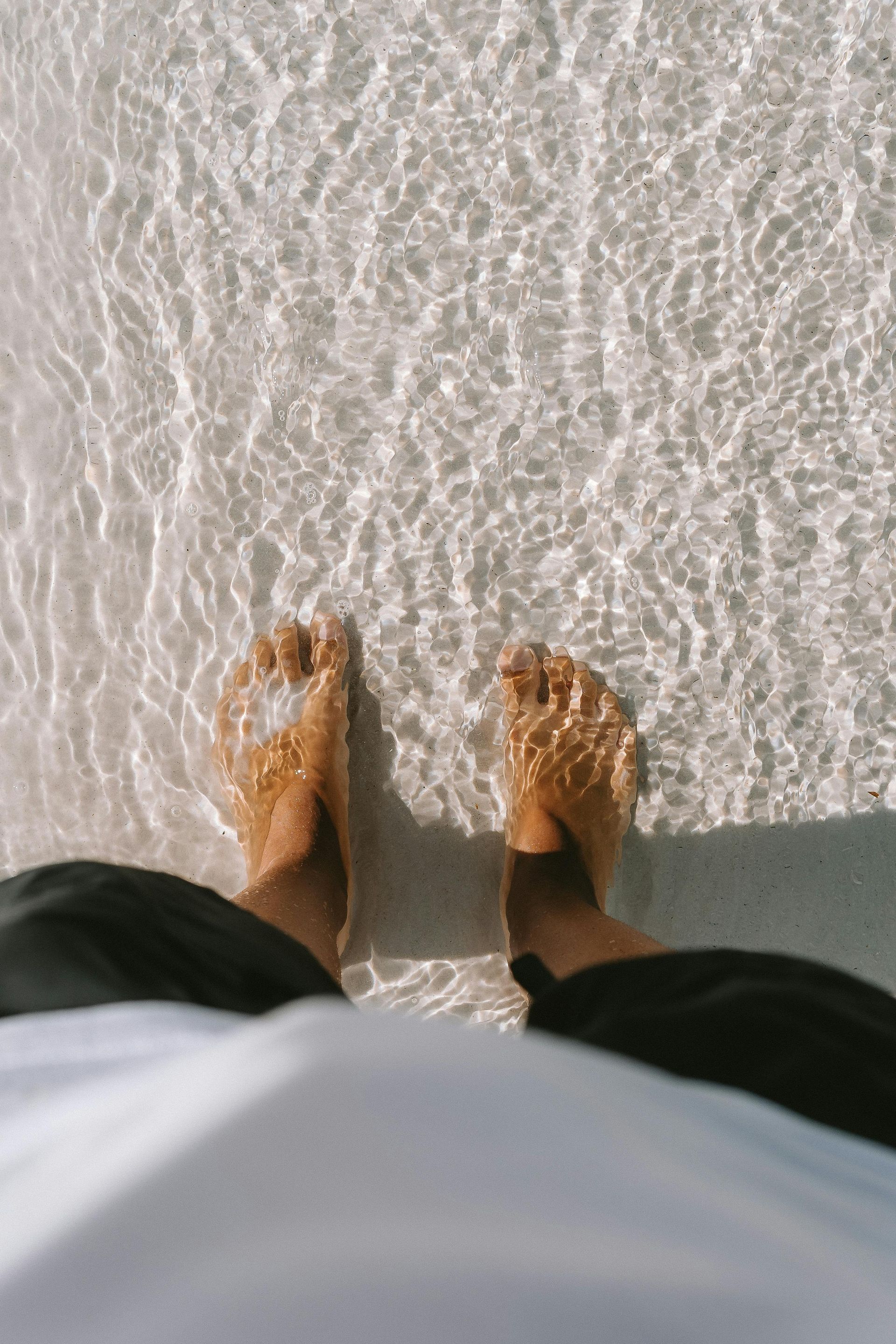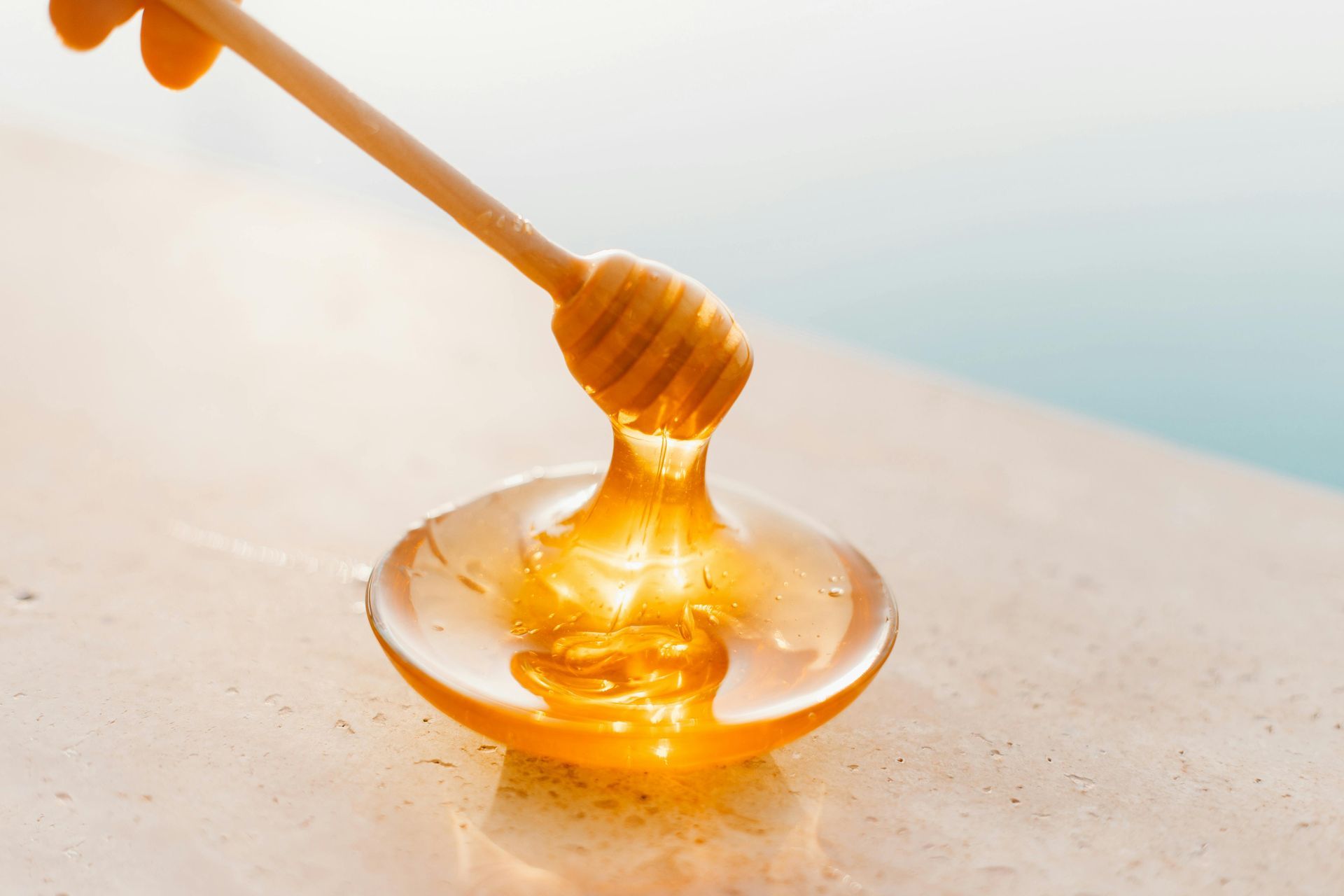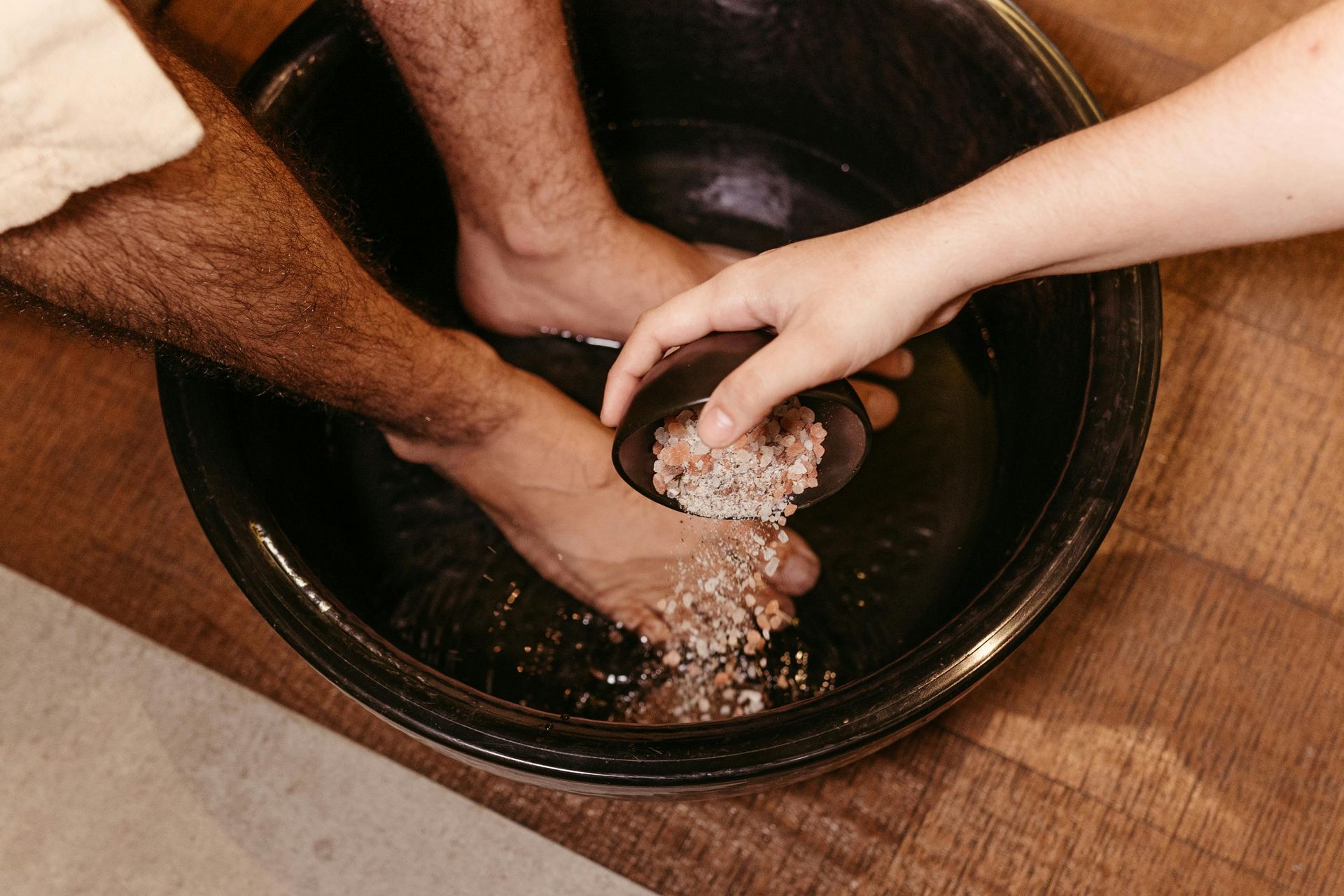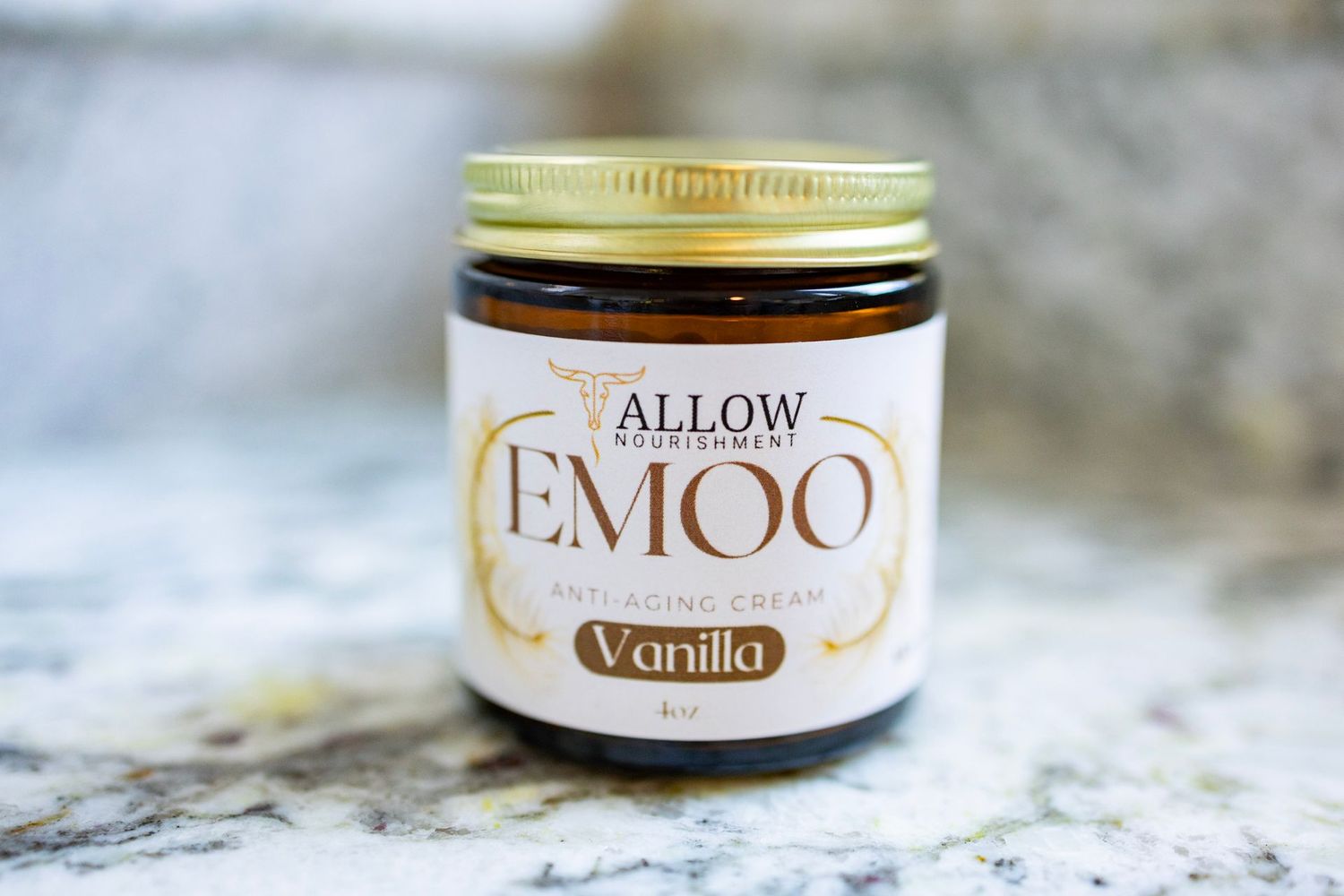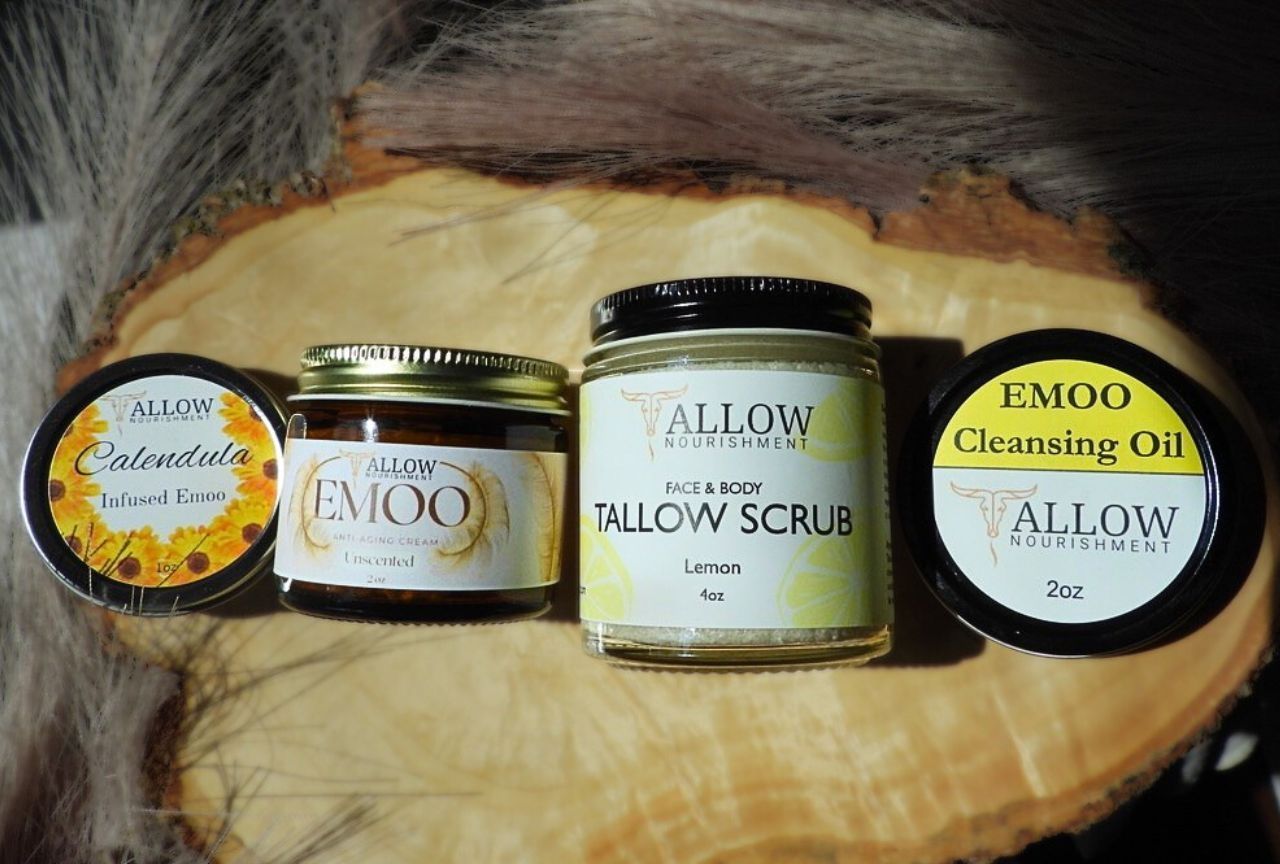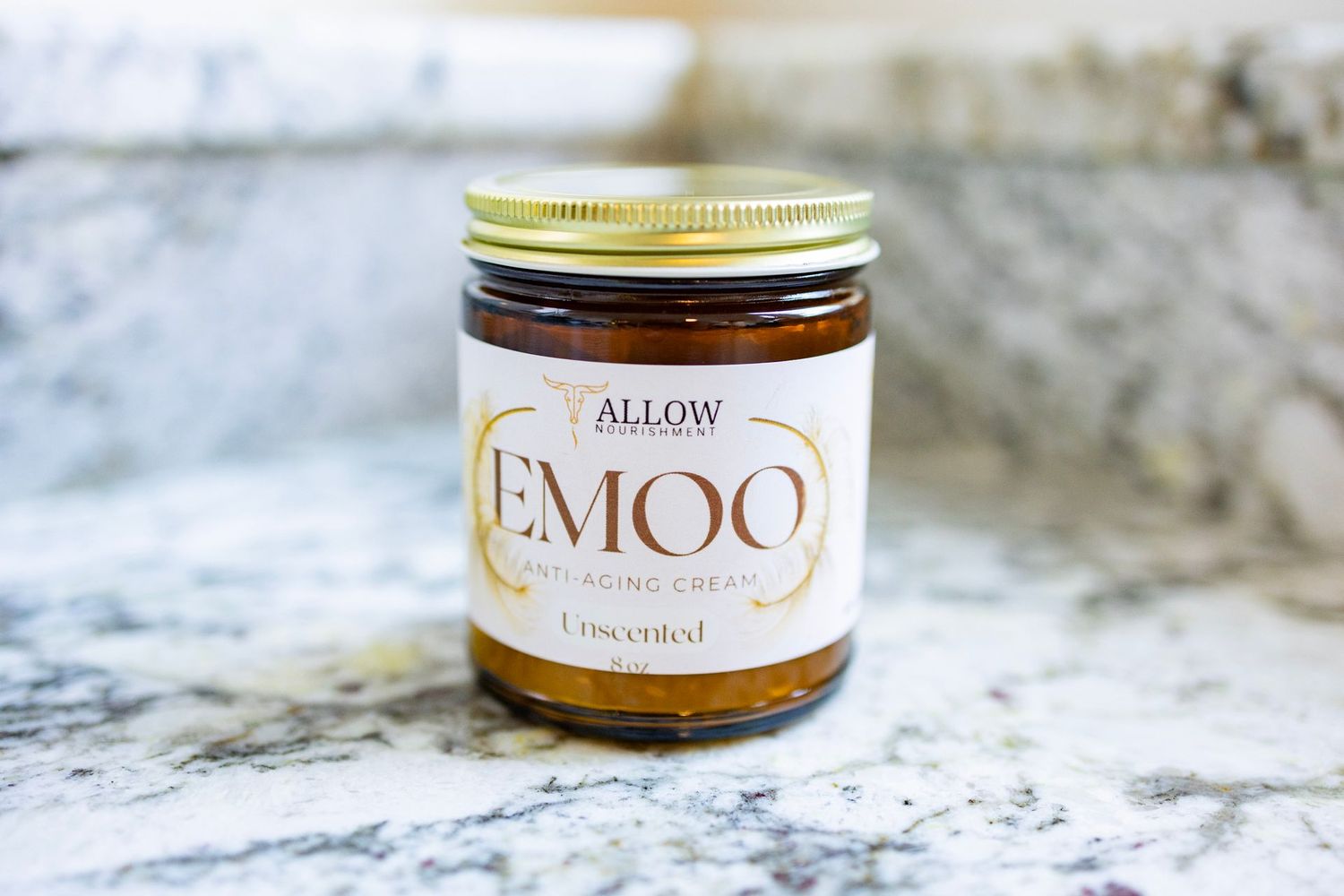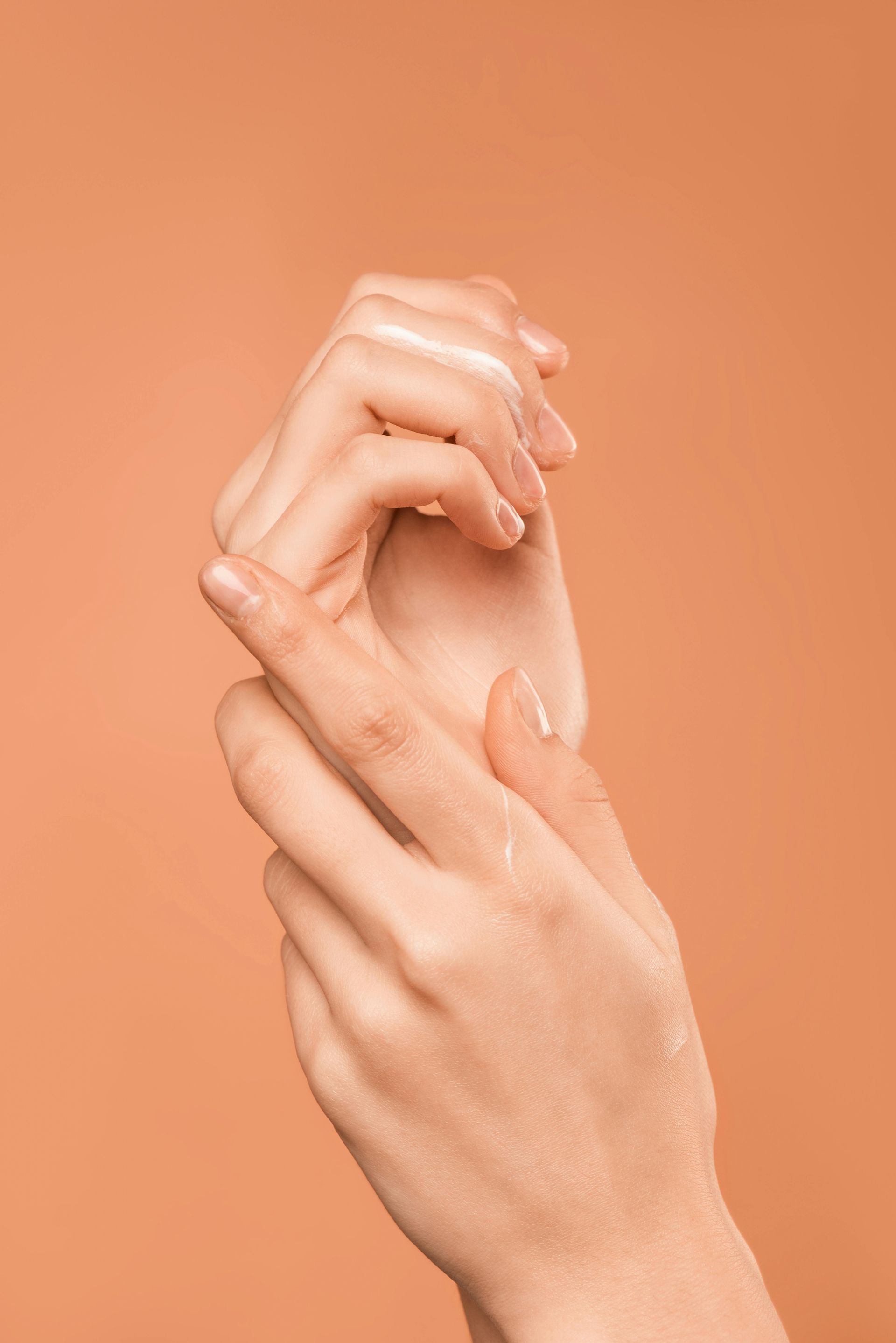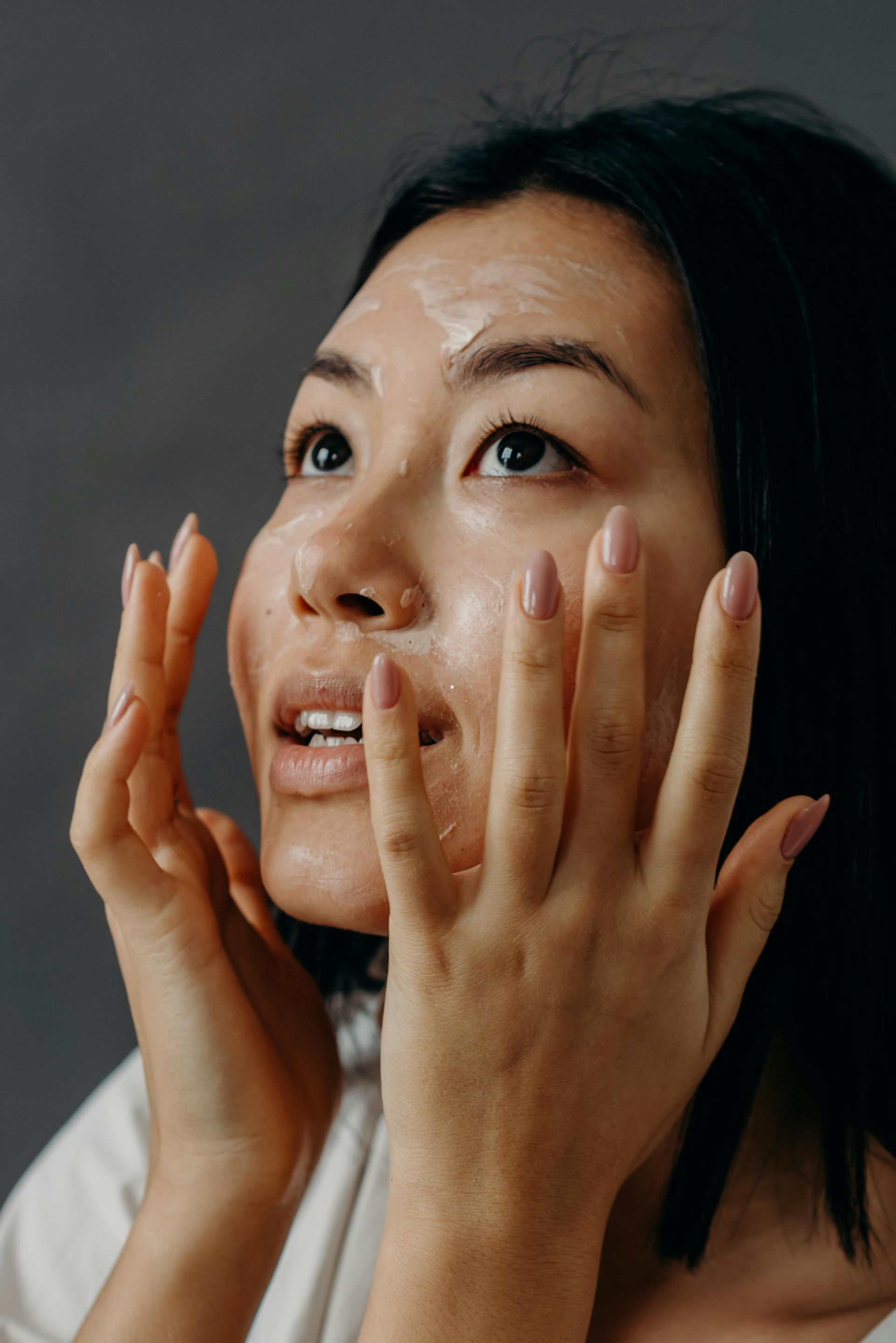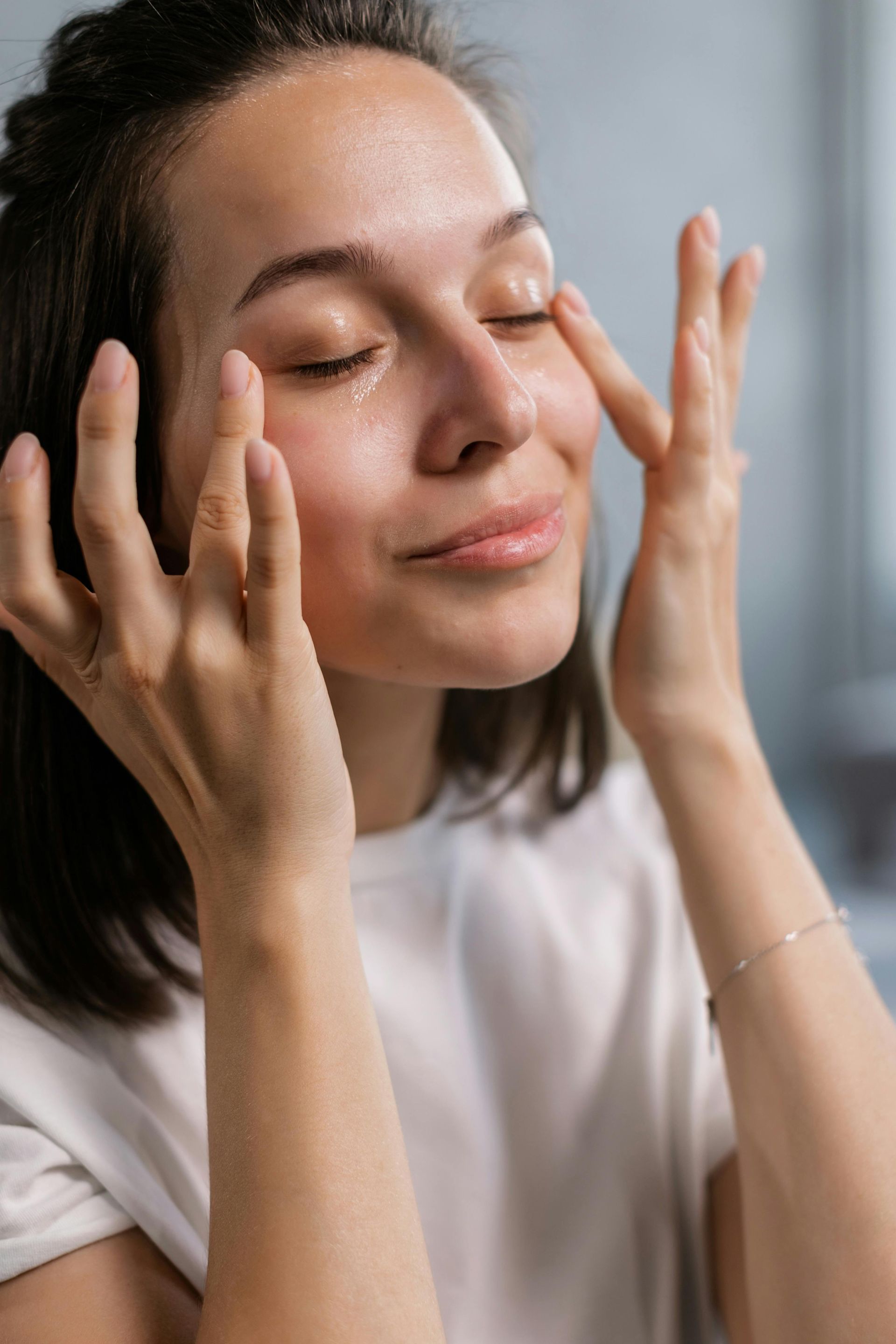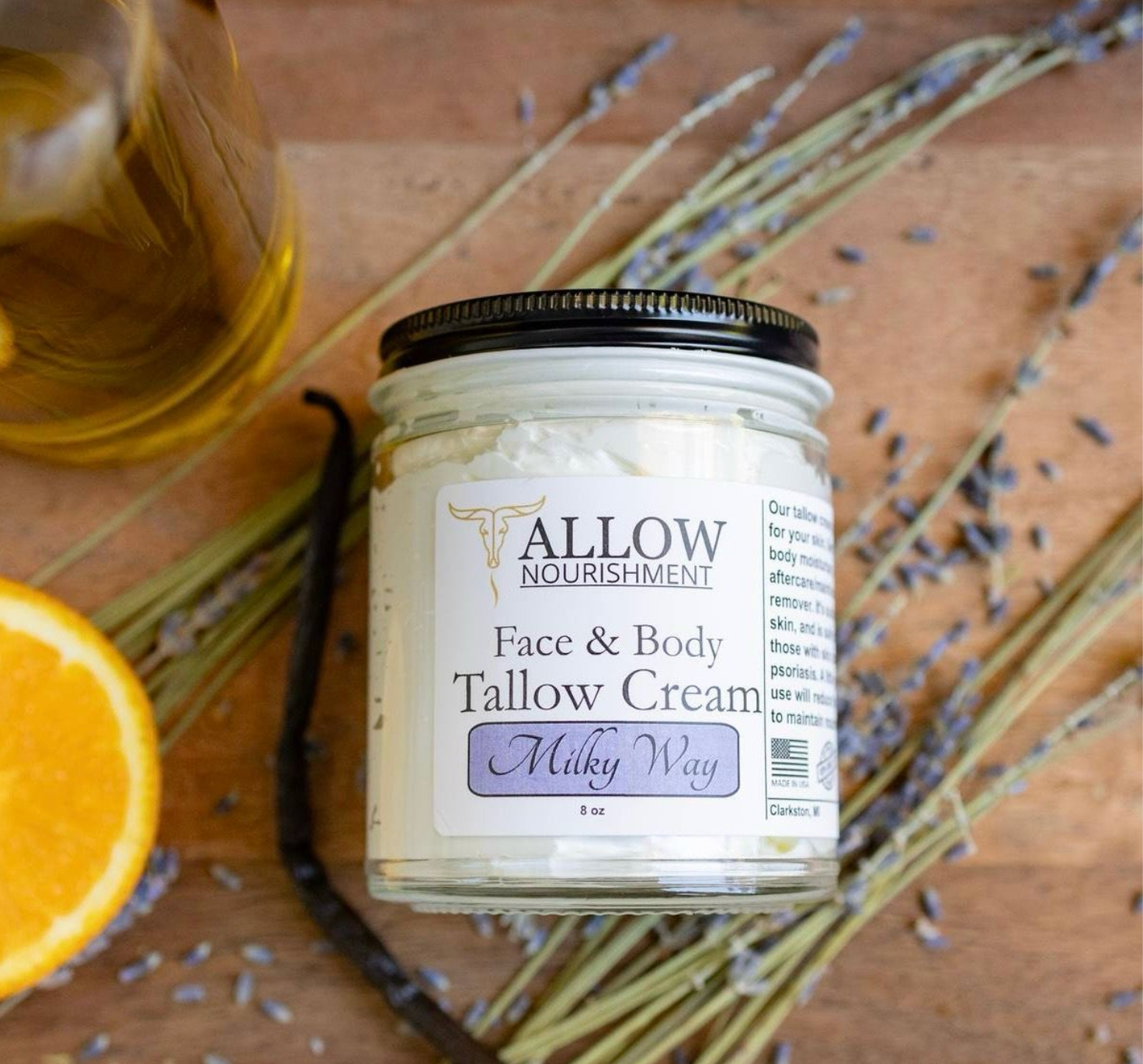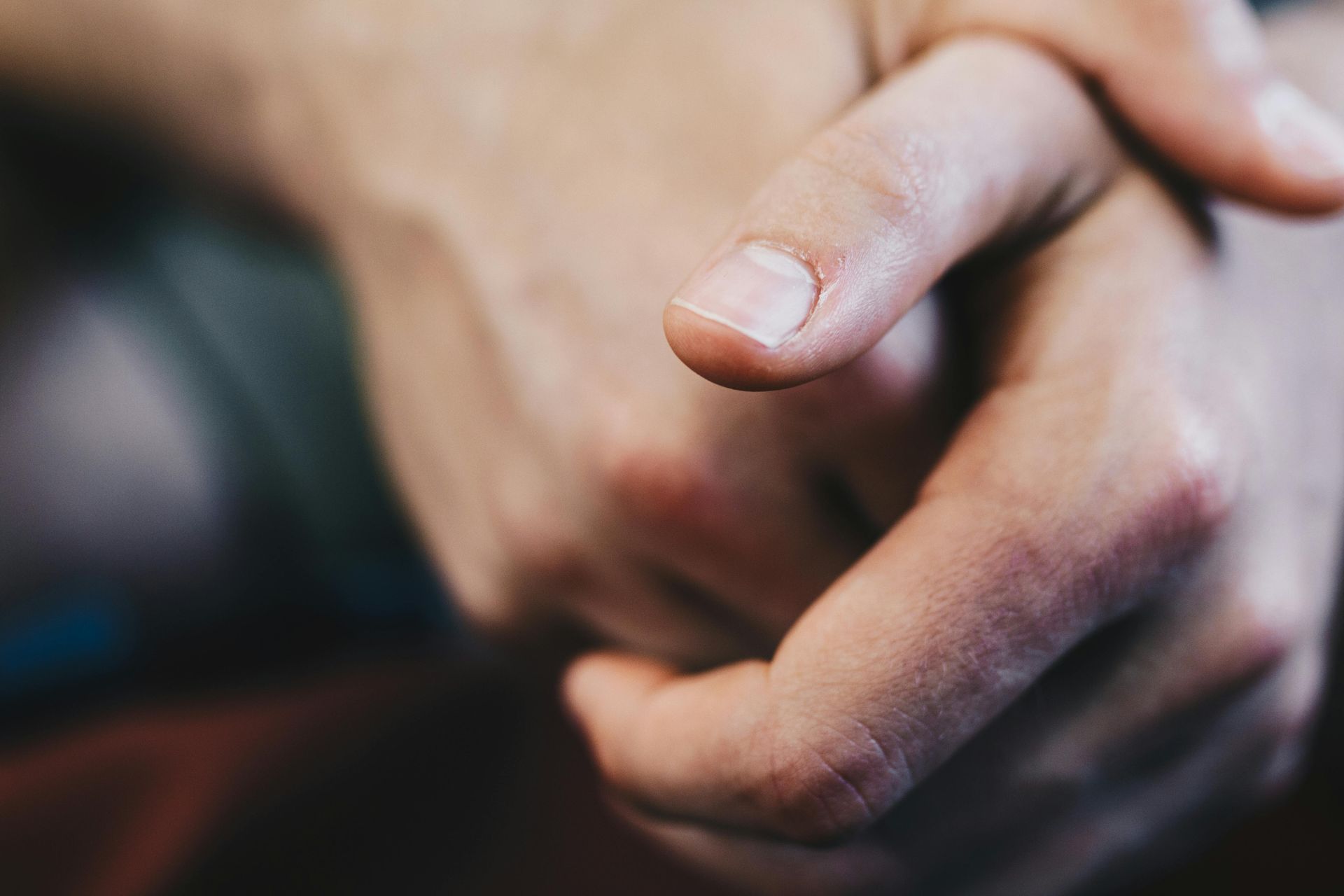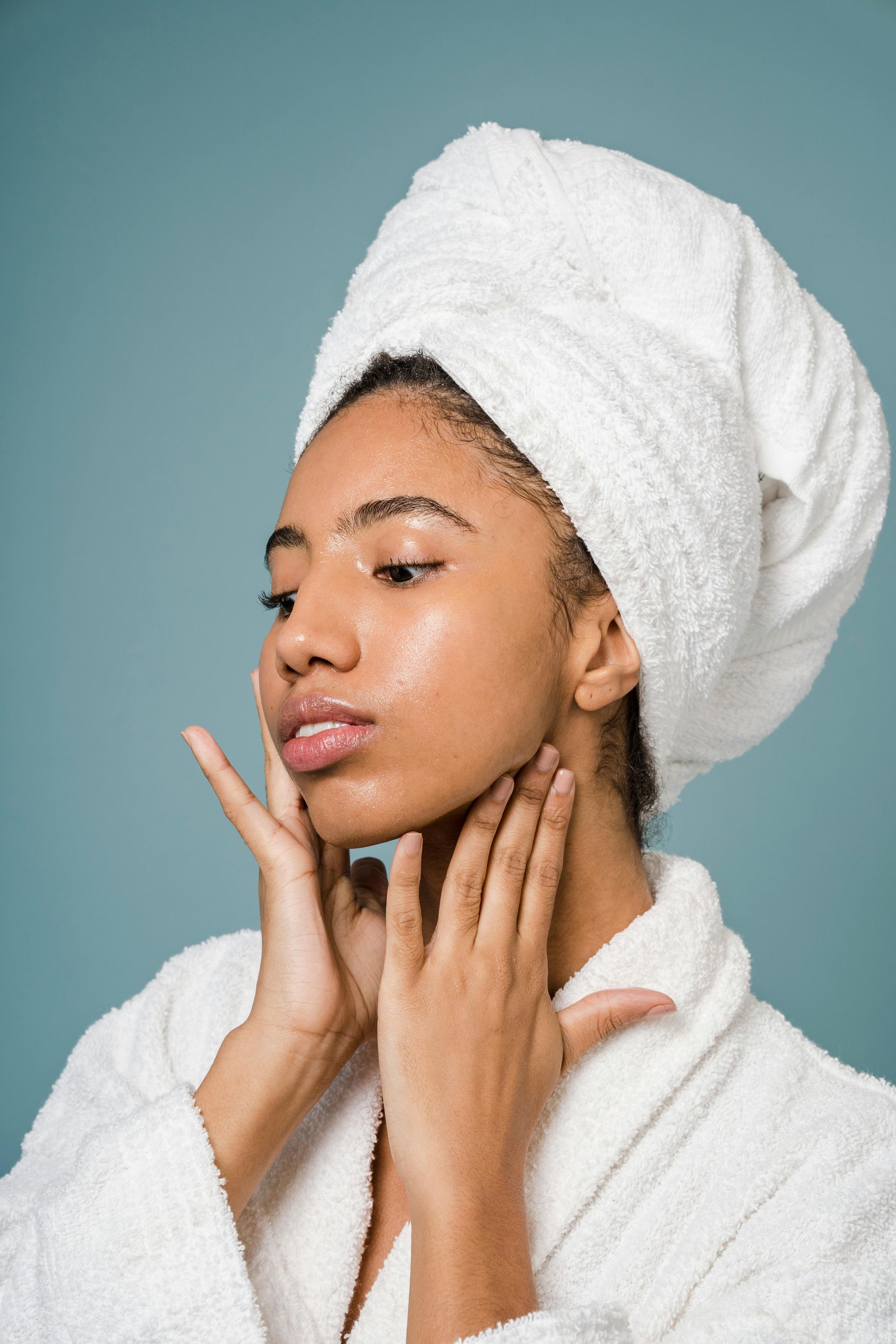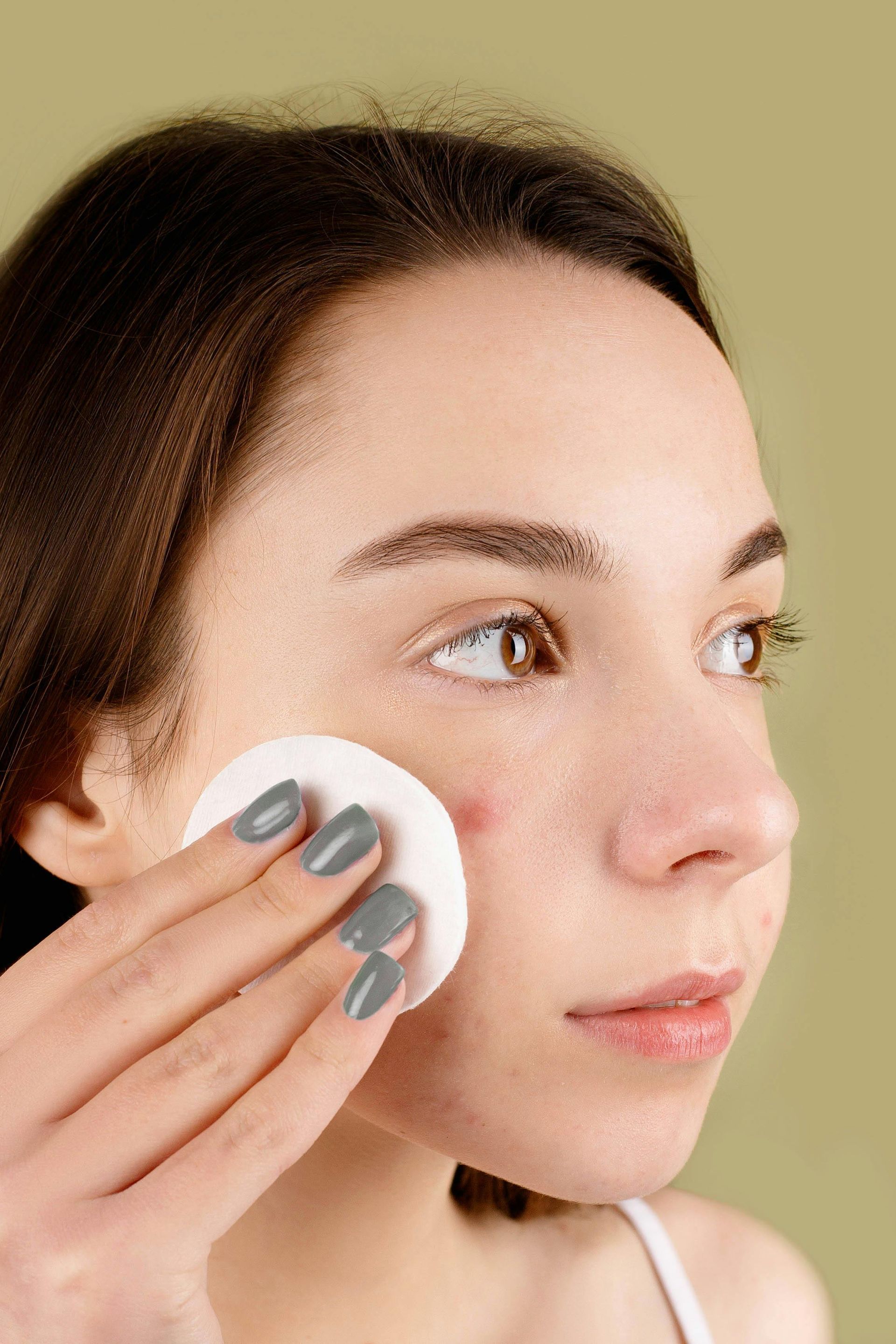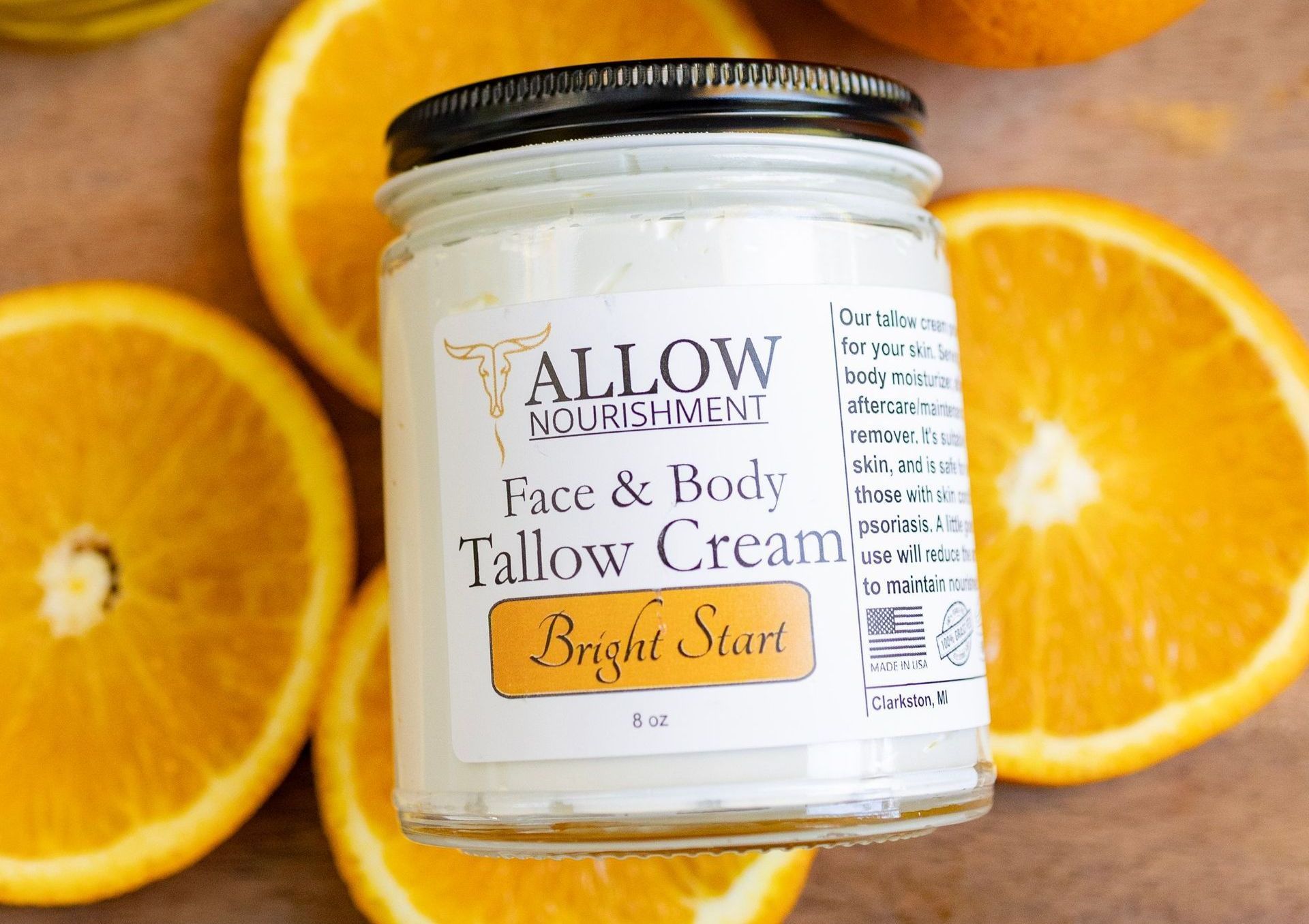Effective Ways To Heal Cracked Heels Naturally - Allow Yourself
Share this Article
Cracked heels are a common issue that can cause pain and even infections if ignored for too long. These dry, rough patches often develop from standing too long on hard surfaces, wearing open-back shoes, or having dry skin.
However, simple changes to your routine combined with
natural remedies can make a big difference in healing your skin. For example, honey works as an antibacterial agent, while beef tallow nourishes deeply with vitamins A, D, E, and K.
Fortunately, there are simple solutions to
cure your dry skin, including staying hydrated and using products like Allow Nourishment’s tallow creams in combination with foot soaks.
Keep reading to learn a few simple ways to heal cracked heels naturally!
Key Takeaways
- Regular foot soaks, exfoliation, and beef tallow products help heal cracked heels by locking in moisture and promoting skin repair.
- Standing on hard surfaces or wearing open-back shoes can worsen heel fissures, but supportive footwear can prevent this damage.
- Honey acts as a natural antibacterial agent to fight infections and retain hydration for smoother skin.
- Staying hydrated daily and eating vitamin C-rich foods improve skin elasticity and prevent dryness.
- Severe cracks or infection risks may require consulting with a doctor for proper medical treatment options.
What Are Cracked Heels?
Dry, thick skin around the rim of the heel often causes cracks, also called fissures. These
deep cracks hurt and may bleed if left untreated.
The first sign of cracked heels might look like dry feet, flaking skin, or redness on the soles of your feet.
A few things to avoid are standing for long periods of time or walking barefoot on hard floors, because it
increases the pressure on your heels. Open-back shoes like flip-flops can also worsen this issue by failing to support the fat pad underfoot.
In severe cases,
heel fissures can lead to swelling or a medical condition like an infection.
To help prevent and care for cracked feet, thickened skin, and dry heels, the American Academy of Dermatology recommends moisturizing your heels 2-3 times daily with thick moisturizers to strengthen the skin barrier and prevent further damage.
Untreated cracked heels can increase your risk of infection.
Common Causes of Cracked Heels
Cracked heels often result from the build up of everyday habits or environmental factors that dry out your skin. Identifying these causes can help you take the first step toward healthier, smoother feet.
Dry skin and lack of moisture
Dryness often leads to rough skin on the soles of your feet, especially during
cold weather. Using harsh soaps and soaking in hot baths can strip your skin of natural oils, making it harder for the moisture to stay locked in.
This can leave the bottom of your heels dry and vulnerable to cracks and discomfort. People with chronic conditions like
eczema or psoriasis may experience even drier skin due to their reduced elasticity.
You can restore this moisture by applying a thick cream like
Allow Nourishment’s tallow skincare products daily. These creams work as a
natural barrier that
hydrates and protects against dryness while promoting healing.
For best results, you can use a foot file or pumice stone first to remove dead skin from affected areas before applying tallow. Follow this treatment plan regularly and wear cotton socks overnight for deeper absorption.
Prolonged standing or walking on hard surfaces
Standing or walking on
hard surfaces for hours on end, whether for work or play, can strain the soles of your feet. This pressure will increase the risk of cracked skin, foot pain, and discomfort over time. Hard floors cause pressure that weakens skin elasticity, especially in older adults and those with certain health conditions like nerve damage.
You can
protect your heels
by using high-quality moisturizers with active ingredients like lactic acid or petroleum jelly. Allow Nourishment's tallow products are a simple solution you can incorporate into your skincare routine to maintain hydration and prevent much skin from drying out.
Additionally, wearing shoe inserts or cushioned footwear minimizes the impact of prolonged standing while reducing further damage.
Wearing open-back shoes or sandals
Wearing
open-back shoes or sandals regularly is not uncommon, especially in warmer climates. Unfortunately, wearing this type of footwear consistently can drastically increases the risk of
cracked heels. These backless shoes and sandals leave your soles exposed to environmental factors like dust and dryness, which strip moisture from your skin.
Without the proper support, pressure on your heels will often lead to
skin splitting. Wearing closed-toe shoes can help protect your feet from the elements and also lock in hydration.
For further prevention, opt for alternatives that offer full coverage or cushioning to
reduce friction and impact on your feet. If you still prefer open-back styles, use a moisturizing cream daily to prevent excess dryness.
Heavy creams like Allow Nourishment's tallow products can also work wonders by deeply hydrating and softening rough areas if used regularly.
Protective footwear coupled with consistent hydration practices is the best way to maintain smooth heels.
Natural Remedies to Heal Cracked Heels
You can heal cracked heels naturally through a number of simple and natural methods. Let's explore a few of these remedies for healthier feet.
Regular foot soaks and exfoliation
Regular foot soaks and gentle exfoliation remove dead skin from cracked heels naturally. You can learn how to exfoliate and moisturize in a few easy steps:
- Soak your feet in warm water mixed with mild soap for 15-20 minutes to soften the skin. This helps prepare the heels for exfoliation while hydrating dry areas.
- Use a pumice stone or a foot scrubber to gently remove dead skin from the soles of the feet. Avoid scrubbing too hard to prevent causing an open wound or irritation.
- Dry your feet thoroughly using a clean towel after every soak to reduce the risk of Athlete's foot or skin infection caused by dampness.
- Apply beef tallow from Allow Nourishment on your heels immediately after drying for added hydration and nourishment. The tallow will lock in moisture and repair your cracked heels faster than other treatment options.
- Repeat this process daily on a regular basis, especially in cases where minor cracks appear, to see visible improvements in texture and elasticity.
This simple yet effective method complements other natural remedies like honey treatments for better results over time!
Using beef tallow
Beef tallow is an effective remedy to help heal cracked heels.
Allow Nourishment’s products, made from grass-fed beef tallow, are rich in vitamins A, D, E, and K. These nutrients help moisturize dry skin and improve skin elasticity.
Tallow is powerful because it mimics your skin's natural oils, providing deep hydration without the downside of clogging your pores. To use, just apply a small amount after exfoliation or a foot soak for maximum hydration.
Beef tallow also offers
soothing benefits for common foot problems like rough patches or irritation. Its
antibacterial properties reduce the risk of infection while promoting overall skin repair.
For best results, pair tallow creams with socks overnight to lock in moisture and enhance absorption.
Applying honey as a natural antibacterial agent
Honey is another simple yet
effective home treatment for cracked heels. Its natural antibacterial properties fight infections while help your skin retain moisture.
You can
use honey in your routine by applying a thin layer of raw honey to clean and dry heels, then leaving it on for at least 30 minutes before rinsing with warm water.
This natural skincare method will keep your skin moisturized and will prevent further cracking. Pair this remedy with socks overnight to boost its moisturizing effects. Using honey regularly can reduce the need for medical treatment while addressing the risk factors of dry skin naturally.
Preventing Cracked Heels Naturally
It's easy to protect your heels by keeping them soft and cared for every day. Incorporate these basic guidelines below, and you'll be on your way to smooth, soft skin:
Staying hydrated and maintaining skin elasticity
Drink plenty of water daily to keep your skin hydrated and elastic.
Staying
hydrated helps prevent dryness that leads to cracked heels. Aim for at least eight glasses of water a day.
Consume lots of
vitamin C-rich foods, such as oranges or strawberries, to support
collagen production and improve skin elasticity.
Apply urea-based moisturizers regularly to lock in moisture and soften dry areas.
Beef tallow products from Allow Nourishment provide deep hydration, keeping your feet supple. Avoid wearing open-back sandals or high heels that will worsen heel cracks over time.
Prioritize simple steps like these for lasting skin care results!
Wearing appropriate footwear
Choose to wear footwear that supports your heels and protects them from strain. Avoid shoes like open-back sandals or thongs that expose your skin to harsh conditions and increase the risk of cracking.
Supportive shoes will both reduce the pressure on your heels, and help you to maintain healthy skin.
Try to wear socks with closed-toe footwear to prevent excess dryness. This simple habit alone helps to preserve elasticity and prevents your skin from cracking over time. Review patient education materials for more tips from medical journals about proper shoe choices if your dry cracked heel issues persist.
Conclusion
Healing cracked heels naturally can be simple with a little consistent care and the right skincare. Allow Nourishment’s tallow products can help you get the smooth, soft heels you desire by promoting deep hydration and skin repair. This, along with regular foot soaks, gentle exfoliation, and protective socks can lead to best results.
FAQs
1. What are some home remedies for healing cracked heels naturally?
Home remedies include applying olive oil, coconut oil, using a foot cream with salicylic acid or alpha hydroxy acid, and keeping your feet moisturized regularly.
2. Can liquid bandages help with cracked heels?
Yes, liquid bandages can seal deep cracks and protect your heels while they heal. They also reduce the risk of infection in severe cases.
3. Should I wear shoes to prevent cracked heels?
Wearing supportive shoes that cover your heels helps prevent dryness and further cracking by protecting the skin from external damage.
4. When should I consult a doctor about my cracked heels?
If home remedies do not improve your condition or if you have a medical history of diabetes or other health conditions, seek professional advice immediately.
5. Are there peer-reviewed studies supporting natural treatments for cracked heels?
Some treatments like olive oil and products containing salicylic acid or alpha hydroxy acids are backed by peer-reviewed studies as effective ways to repair damaged skin on the feet.

